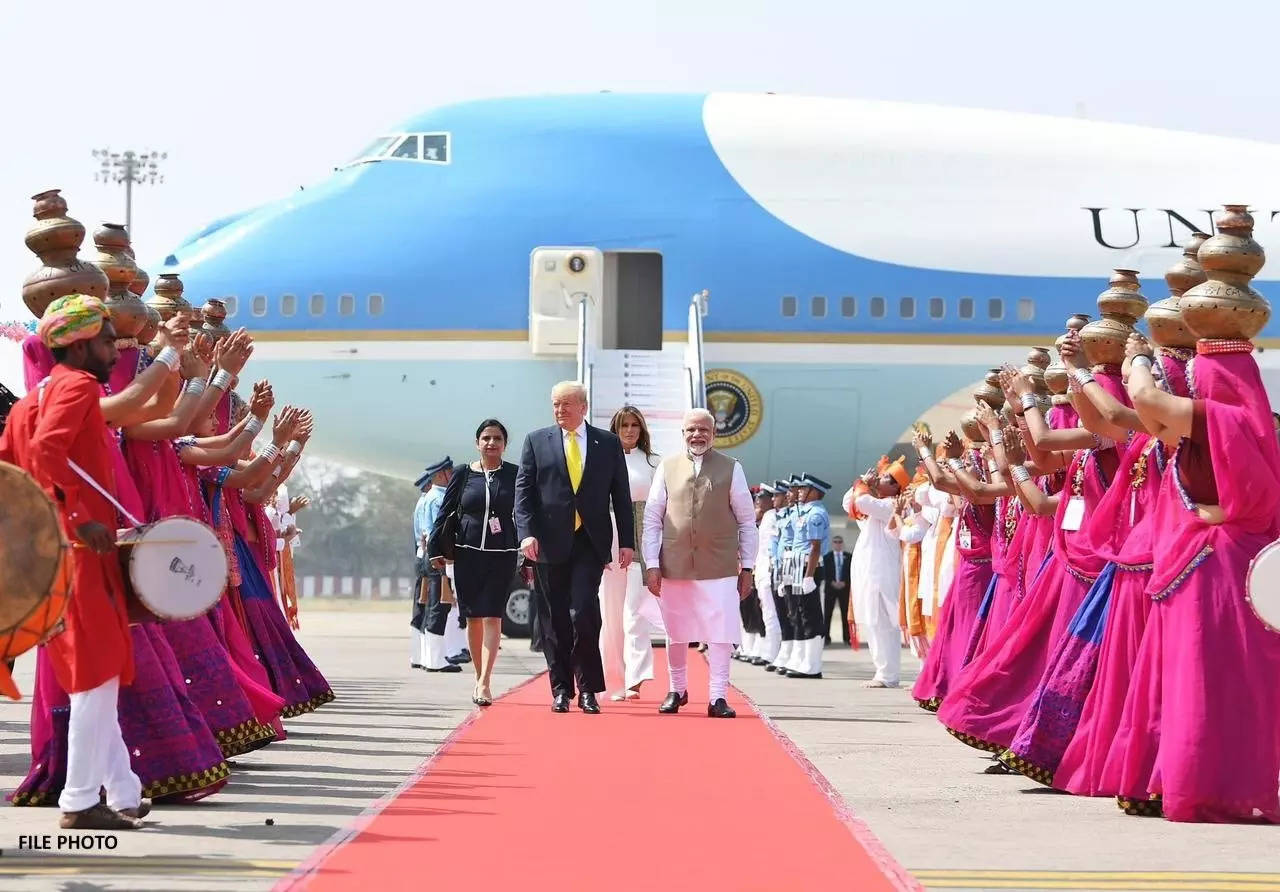
As every leap year looks at the outcome of the new incumbent of the White House, this year looks to bring in the Republican Presidential candidate: Donald Trump back as the 47th President of the United States.
Things have turned out well personally for Trump with a Republican wave, but how does his victory impact India?
While 2024 has been a year of elections in two largest democracies of the world, the year 2025, in my opinion, is likely to be the year of challenges: Geopolitical, technological and economic with a potential for realignment, reappraisals as well as reconfiguration of priorities.
There are a number of Indo-US critical technology and semiconductor initiatives which have been undertaken in the last four years and India may have to adapt to a new strategy as the US engages with the world, albeit differently. In terms of technology metrics, US CHIPS and Science Act, signed in August 2022, is likely to remain unchanged as semiconductors and critical technology discourse is central to US policy.
This may however, augment the ongoing trade and technology dynamics with China and could impact both mature as well as developing semiconductor ecosystems in the world along with the intrinsic supply chain dynamics.
At the core of the Indo-US technology landscape is the US-India Initiative on Critical and Emerging Technologies (iCET) which was signed in May 2022, with an aim to strengthen bilateral cooperation in technologies, defence innovation, future telecommunications and space sectors, besides building a resilient semiconductor supply chain.
Logically, since India is poised to be the talent powerhouse of the future with its large market dynamics and a number of collaborations in the recent past, the initiative is likely to grow further with more engagements and a renewed focus on China plus One policy.
With Micron, on course to establish a state-of-the-art OSAT facility at Sanand in Gujarat, there may be more US companies which could prospectively take the benefit of enabling policies of the Government of India and add value to their global footprint, with ISM 2.0 on the anvil.
The Indo-US defence ecosystem has come of age with three summits of India US Defence Accelerator Ecosystem (INDUS-X) and a lot of progress to establish a joint innovation system in this critical sector.
While the initiative is aimed to envisage high technology cooperation and exploring opportunities in joint development, research and subsequent production in the defence sector, more output is expected in the coming years. The initiatives in this sector have to be viewed in a correlation with the Quadrilateral Dialogue (QUAD) which is not only a security grouping for the Indo Pacific but also looks at technology with semiconductors, Open RAN, Quantum Computing as well as global issues of counter terrorism, AI and cybersecurity. The next QUAD summit in 2025 is likely to be held in New Delhi as per reports on the subject.
All these domains overlap and possess robust interlinkages with one another and both countries have the requisite potential to leapfrog by bounds in AI research and space technologies with NISAR mission as the centre piece of ISRO-NASA cooperation.
In terms of the IT sector, while there may be stricter visa policies and curbs on immigration, the overall sector could experience a temporary volatility in terms of these issues, some as per the stated metrics and some situational.
The overall situation would probably stabilise as a skilled workforce is the very epicentre of all technological endeavours and globalisation has an uncanny way to hinge on policy guardrails.
The immigration policies during and prior to the republican campaigning may benefit skilled, Indian technologists with many returning back to India. More clarity on this aspect will be visible, as and when the administration gets formally sworn into office.
There have been a number of statements on trade and tariffs in the past which include technological underpinnings. It needs to be highlighted that the US has emerged as India’s biggest trading partner with an annual trade crossing 190 billion USD on account of increasing economic ties between the two countries. The bilateral trade between India and the U.S. has increased manifold in the last couple of years.
Strategic Trade Dialogue has already been established to address regulatory barriers and review export control norms. While this aspect may assume centre stage for a finite period of time, mature democracies do possess the wherewithal to find a suitable path with mutual benefits.
An important initiative which sometimes gets glossed over is material and mineral security for critical technologies to include semiconductors, electric vehicles etc. India has formally joined the Minerals Security Finance Network (MSFN), a US-led initiative focused on enhancing cooperation among members to secure supply chains for critical minerals.
The MSFN is an extension of the Minerals Security Partnership (MSP), which India formally joined in June 2023. With large Lithium deposits, as found recently and many other critical minerals under exploration, this will also be a good driver of technology related endeavours and collaborations in the critical materials and minerals as a counterbalance to China.
Trump 2.0 has the potential to take this relationship to the next level. If the new administration decides to adopt a pragmatic and a progressive trajectory, there is potential for the two countries to collaborate and cooperate in the areas of technology, space research and global security.
Technology and geopolitics are two sides of the same coin. The future of Indo-US engagements in a deeper sense could hinge on ‘Digital Statecraft’, besides established channels of collaborations and goodwill.
The two countries have come closer through a process of natural selection that is, in part, fuelled by the values of democracy, culture and free enterprise that their populations share.
Prime Minister Modi seeks to strengthen the technology and strategic partnership with the USA. In his congratulatory message to Donald Trump, Modi has talked about three things: Global peace, stability and prosperity. These are, or ought to be, the three pillars of Indo-US relations.
(The author is a fomer Colonel, Indian Army; Views are personal)


